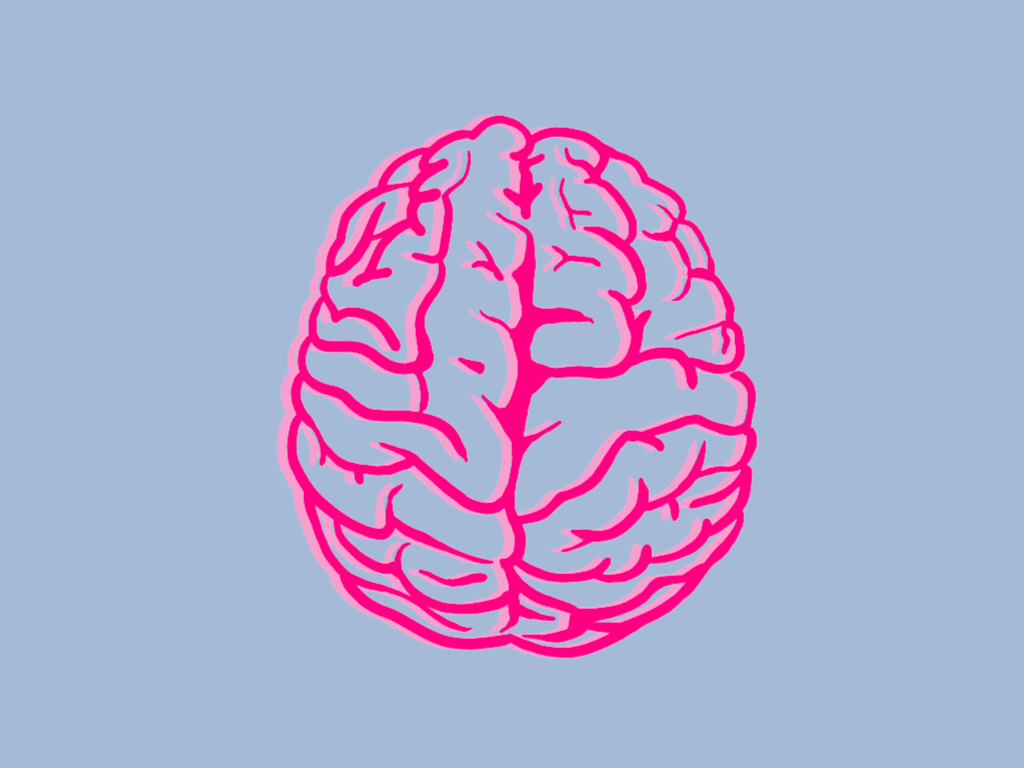
Dr. Ray Johnson gave Townsend Harris’ Neuroscience Club a tour of his laboratory within the Queens College Campus to explain his research on cognitive neuroscience and give advice to aspiring scientists.
“Researching offers a medium for an individual to build on their interests by utilizing their own creativity, which is a concept I wanted the students to realize,” said club president senior Bindu Koyi.
As an award winning researcher and undergraduate professor from Queens College’s psychology program, Dr. Johnson proved perfect for the task. His research specializes in using event-related brain potentials (ERPs) to quantify cognitive processes such as judgements, executive functions, deception, and long-term memory.
He demonstrated his innovative research during the lab tour by showing equipment such as his handmade Electroencephalogram (EEG), which records brain wave patterns. He explained how his students were able to create such a device through connecting small, flat metal discs called electrodes that are attached to the scalp with wires, and Townsend Harris students were able to observe the cap hands-on.
Another feature of his laboratory included an elaborate set-up of an experiment to test how the human mind differentiated between cars and faces. This included a separate dark room with a chair, a pair of buttons, and a computer. A test subject would be prompted with a distorted image on the screen showing either a face or a vehicle and instructed to click a button to the corresponding choice; this information would be sent to a computer in another room which would instantaneously create graphs and tables based off of this data. Students had the opportunity to sit in the testing room and observe how this process worked first-hand.
He went on to further discuss opportunities that high school students have to become more involved with neuroscience.With modern technology at our disposal, he explained, students should be able to access a wide range of opportunities with a simple email or a Google search. He advised students to look into summer programs at local universities, conduct their own research for competitions, and attempt to contact scientists who are willing to take a high school student as an intern.
It was clear that the trip had piqued students’ interest in the subject. An attendee of the trip, junior Pehal Singh, said, “I think this trip definitely made me consider that neuroscience might be something I would want to major in. It allowed me to clearly see all the hard work put into understanding the inner workings of human mind behavior.” It also emphasized the presence of the invaluable resource that we have sitting in our very backyard: Queens College. Filled with professional equipment and experienced scientists, the campus has proven and will continue to be an invaluable resource that pushes students’ minds to make their own scientific discoveries in the future.
Art by Amanda Renzi.



























